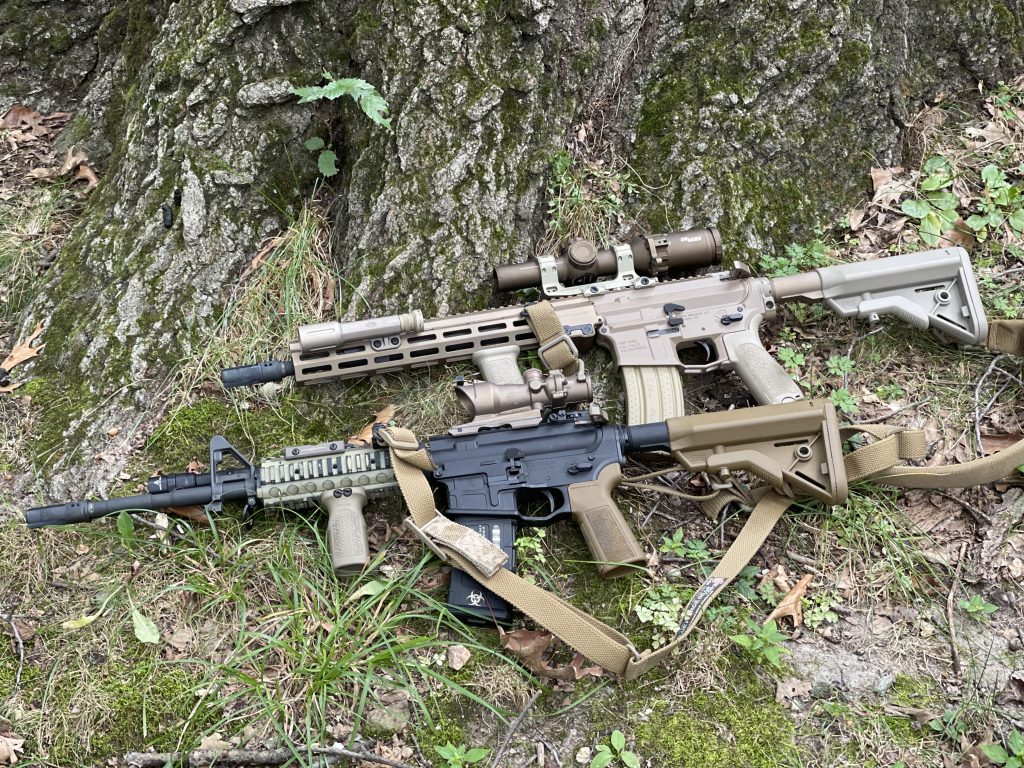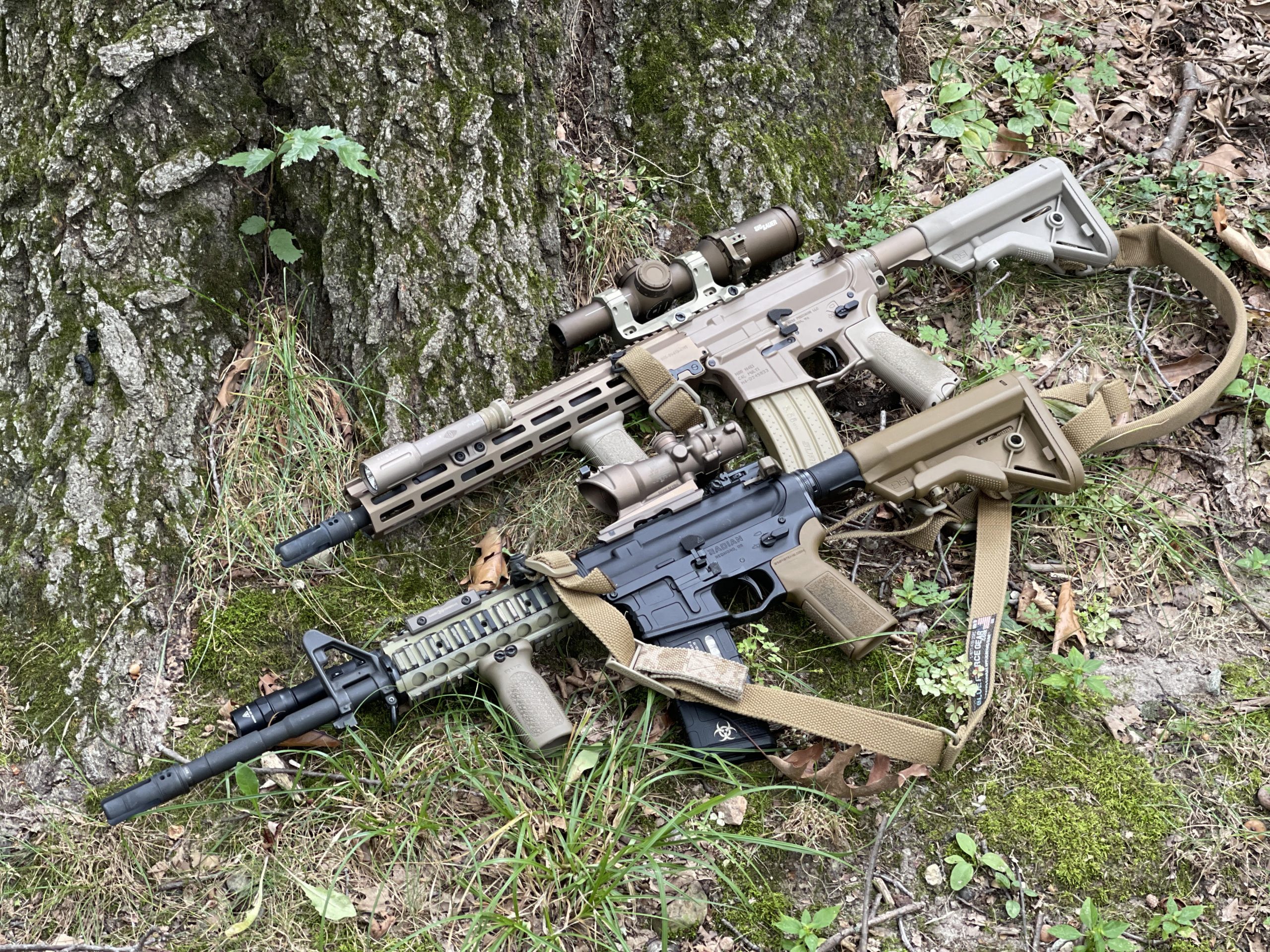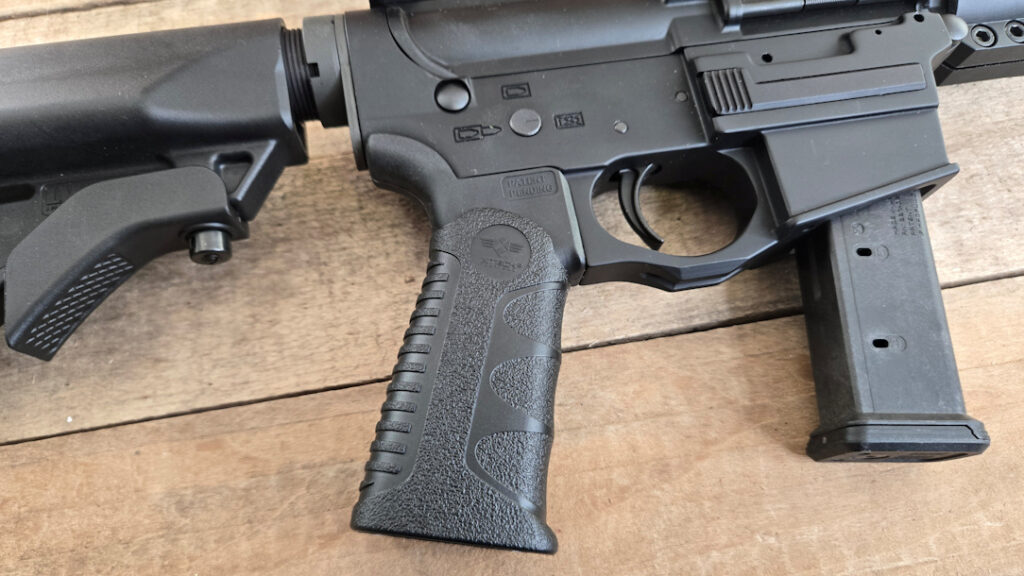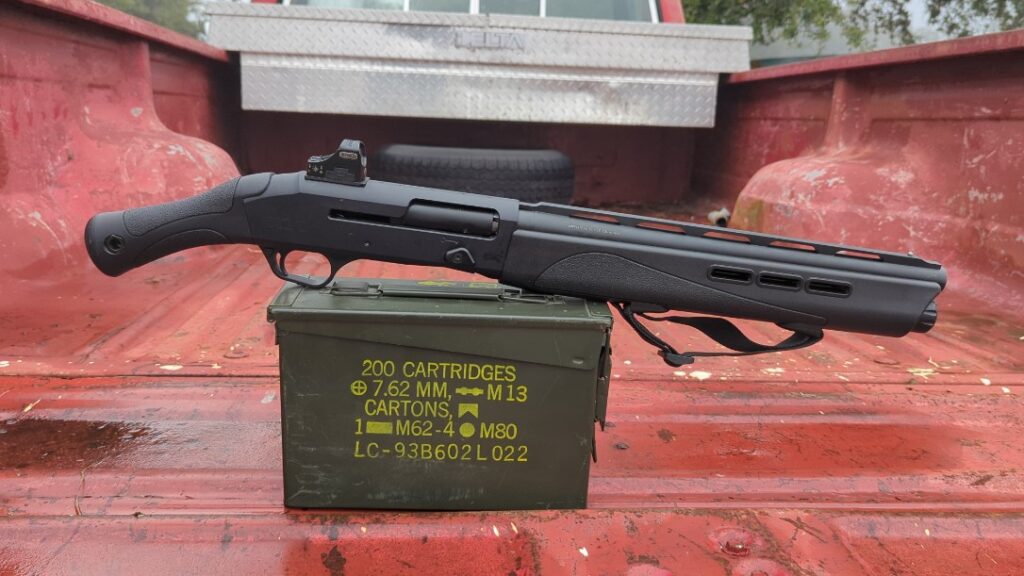Technology in the firearm world has adapted at a pace that very nearly rivals digital innovations.
With one crucial difference, firearms are durable goods.
With routine maintenance and care they will last decades, even centuries, especially those in our modern age of coatings and material sciences. Most digital tech is on a 3-5 year expiration cycle with updates eating up the capabilities of the older devices and taxing their limits.
Advertisement — Continue Reading Below
We had a laptop fail at the office recently and it would have been several hundred dollars and at least two weeks of downtime to repair it. For only about 20% more we had a brand new laptop delivered, all the latest and greatest hardware and software, in 2 hours, not 2 weeks.
Digital tech in the communications sphere is a rapid expiring technology. Computers, Phones, Smart TV’s, when they are done they are done and it is about half a decade until you are reaching that line in the sand where you’re angled into an upgrade.
Now with firearms, we’ve seen a lot of rapid advancements, but the base items are not expiring. The older and maintained firearms work fine. A 1986 built Beretta 92 with no cracked frame, good magazines, a serviceable barrel and recoil spring will be up to snuff with a modern M9A3 or 92X fairly well. In no way could that be said of a computer from 1986.
Advertisement — Continue Reading Below

Top: The author’s “Yurgee” a URG-I (Upper Receiver Group – Improved) near peer. Featuring the MK16 Handguard around FN CFH CL Freefloating Barrel, Ambi controls with Geissele, Radian, and Forward Controls Design parts filling it out. Topped with the SOCOM S-VPS Tango6T LPVO and illuminated with a Modlite/Reptilia PLHv2 TORCH, it approximates the latest/near future M4A1 variant nicely with a bunch of .Gov contract items for extra authentic awesomeness.
Both can run a suppressor.
So, with that established, how does one judge when it is time to upgrade a firearm?
First, establish the perspective. We are looking at selecting the criteria you want to determine for when it becomes more than just a ‘want’ to upgrade a weapon, it becomes practical. This is most easily established in a uniformed environment where you are maintaining a selection of similar weapons for similar purposes, military and LEO.
Advertisement — Continue Reading Below
It does also apply to personally owned and maintained firearms in a professional setting. Professional setting can include personal protection. You are looking at that type of firearm with the same critical eye that an armorer will be looking for a selection of issued/mandatory to maintain weapons and supporting ancillary equipment. It is more than just I want the cool new thing because I like it.
The Best Time to Upgrade – End of Part Life Cycle
The single best time to implement a component or system upgrade is when the older system is wearing out. Whether its old optics that are showing their age or rifle barrels that are a few years of qualifications, training courses, and duty used through. The best time to spend extra money is when you are already going to spend some to maintain.
This may have the additional benefit of saving you labor. Changing a barrel on an AR isn’t rocket surgery, but it does involve labor and a bit of precision. Maybe you get new uppers or whole new rifles instead, a little more money but with increased capabilities and flexibility?
Advertisement — Continue Reading Below
Especially when looking at component upgrades, this is the time to make those calls and push an in place upgrade of your capabilities. Old CompM3’s are finally wearing out, time to push to an LPVO. Buffers and springs are tired, time for a better buffer/spring combination. Slides are worn and starting to crack, time for slides that can mount dots.
The Reason to Upgrade
There is really only one: Improved capability to accomplish the desired task.
The two rifles above are about 10 years apart roughly. The older components like the ACOG and basic M4 design are older than that and the things we’ve learned about fine tuning these rifles, and have helped us make them truly spectacular machines, keep them closer together than that. But to put a number on it the ACOG’d M4 is 10 years behind the URG-I.
Advertisement — Continue Reading Below
Look at the task you need the weapon to perform, then match each of the components you are using with the weapon to their tasks. Is there a whole system, or part of the system, that can improve your chances of successfully taking the shot you need? If yes, by how much? Can you afford the change? Can you afford the liability of not making the change?
I point this out for optics especially. They are the item that will likely offer any given group the most benefit, but they also do so at greatest expensive. Putting an LPVO, or a even a dot, on a bare iron sighted carbine can drastically increase hit percentages. Add onto that, especially with the LPVO, the ability of the user to track, observe, and differentiate the target from other objects and people and you have a great deal of benefit for the additional cost.
Now, when considering switching systems the equation gets harder (which is why end of component life is the best time to upgrade). It is much harder to justify sidelining serviceable running equipment, even if the component or system you are switching to has a meaningful advantage.
Advertisement — Continue Reading Below
A rifle running a 4x ACOG is much closer in capability to a rifle running a 1-6x LPVO. A rifle running a 600 or 1,000 lumen older light is much closer in capability to the rifle running the 1,500 lumen light. Any rifle running a version a component looking at being upgraded is going to have a higher bar to justify the change than a rifle that doesn’t have that capability currently at all, optics and lights being the most visible examples.
You are going to have to clearly articulate (yes, even to yourself) why this component or this rifle and components are worth discarding the currently serving and running system. On paper it might be objectively better, but by how much in a practical sense?
These same considerations that have us still using the M4/M4A1 in the US Military. How much better is the new system, does it justify the expense?
Advertisement — Continue Reading Below
Which Rifle is ‘Better’?
I would 10:10 times grab the URG-I for capabilities and performance. If you are starting from no functional weapon in service and building out a rifle, I would advocate building out that one and not the older M4. Lighter weight, more accurate and durable barrel, more flexible options for the handguard accessory configurations, a more powerful and capable light, a more powerful and capable optic, even more flexible sling mounting options.

But…
Advertisement — Continue Reading Below
I am comfortable, in many ways more comfortable, grabbing or being handed that old M4 to get into any fight that I would take the URG-I into. I carried that style for seven years. If I were to look at an armory stocked with those, in good working order, and asked what you would change?
Nothing. Not until stuff starts breaking and wearing. Not until you find a need that rifle can’t fill.
But if you want to…
Because you want to…
It’s your money, have fun with it.















